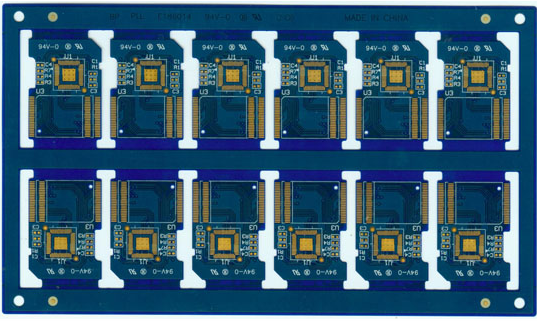The essential hardware foundation for high-performance PCB design
Since PCB design entered the high-speed era, the momentum of signal integrity knowledge based on transmission line theory has surpassed hardware basic knowledge. Some people suggest that in ten years, hardware design will only be front-end and back-end (front-end refers to IC design, and back-end refers to PCB design). Just ask the system engineer to integrate it. This makes it easy to question the need to learn the basics of hardware. In fact, both IC engineers and PCB engineers must have knowledge of R, L, C and basic gate circuits.
High-performance PCB design is inseparable from the basic knowledge of power supply, which is no less than FPGA common sense. From the research of trace elements based on R, L and C, signal integrity analysis based on transmission line theory can even be considered.
PCB design engineers must have basic circuit knowledge, such as high frequency, low frequency, digital circuits, microwaves, electromagnetic fields and electromagnetic waves. Familiarity and understanding of the basic functions and hardware knowledge of the designed product are the basic conditions for completing high-performance PCB design.
Challenges of high-performance PCB design and engineering implementation
PCB design is the best. Only better art and good performance PCB design often face the following challenges.
Challenges of the R&D cycle
Statistics show that the design of a notebook usually takes only half a year from the project to the market. The research and development of a mobile phone, from project to launch, takes only 3 months on average. As an important part of product development, PCB design time is gradually compressed and then compressed.
In April 1985, Toshiba's Goguchi engineers also designed a machine called T1100 Pocket, leading the rise of the computer industry. Since then, the development cycle of computer motherboards has also greatly accelerated.
Changes in the design cycle of computer motherboards
In EDADOC, the PCB design of the notebook computer is basically controlled within three weeks, and the PCB design time of the mobile phone is generally 10 days. In the face of shrinking R&D expectations, how do PCB engineers deal with this challenge?
First, use the most advanced EDA tool software
Efficient EDA tool software not only brings efficiency improvements, but also revolutionizes design concepts. Among many EDA tool software, Cadence's PSD series undoubtedly occupies the flagship position of the industry. From the single-player battle 10 years ago to the later "division drawings" to today's "partitions", Cadence Allegro provides multi-player parallel design, turning the impossible R&D cycle into reality. In EDADOC, 92% of PCB designs are used in parallel.
For example, EDADOC completed the simulation, placement and routing of a 20000PIN XDSL single board in six days, and parallel design is a remarkable achievement.
Taking the conventional laptop board PCB design as an example, let's take a look at the traditional "single combat" (PCB engineer) and the three-shift work model adopted by some companies, as well as the main PCB design data for parallel design work:
Second, intervene in the PCB product development process in advance to reduce subsequent rework.
In the overall plan design stage, PCB engineers participate in research and development, focusing on product system architecture design and demonstration. In the overall design stage, a preliminary PCB design feasibility assessment is carried out. In the detailed design stage, the principle plan design is carried out simultaneously, and equipment selection and structure are involved. Design, thermal design, in order to simplify the main body work during the research and development of the PCB design process, while reducing the rework function in the PCB design process due to the excessive size of the equipment and insufficient drive, the infeasible topology scheme and the cooling of the structure.